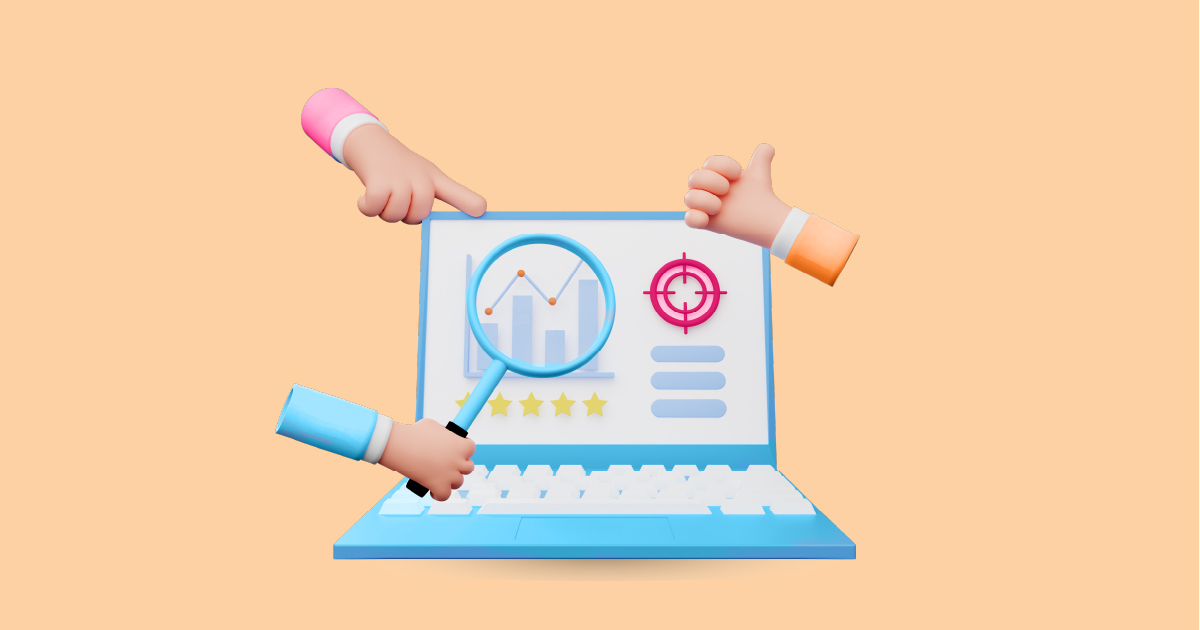Ever wondered how businesses know exactly what their audience wants? That’s where audience measurement tools come into play! These tools are the secret sauce behind successful marketing campaigns and data-driven decisions. In today’s digital-first world, understanding your audience isn’t optional—it’s essential.
What Are Audience Measurement Tools?

1. Definition and Purpose
Audience measurement tools are software platforms designed to track, analyze, and interpret audience behavior across various channels. Whether it’s a social media post or a website page, these tools offer businesses a treasure trove of insights.
2. Importance in Today’s Digital Era
With consumer preferences evolving faster than ever, staying ahead requires real-time insights. Audience measurement tools help businesses stay relevant by decoding their audience’s needs, preferences, and behaviors.
Evolution of Audience Measurement Techniques
1. Traditional Methods vs. Digital Approaches
Back in the day, audience measurement relied heavily on surveys, focus groups, and TV ratings. While effective to an extent, these methods were time-consuming and lacked real-time insights. Enter the digital era, where tools now offer immediate, actionable data.
2. The Rise of Data-Driven Insights
Modern audience measurement tools don’t just track numbers; they provide context. By leveraging data-driven insights, businesses can predict trends, customize experiences, and boost engagement.
Key Features
Data Collection and Analysis
1. Real-Time Tracking
Gone are the days of delayed reports. Today’s tools provide real-time metrics, allowing businesses to adapt their strategies on the fly.
2. Multi-Platform Integration
From websites to social media and mobile apps, these tools ensure you get a holistic view of your audience across all platforms.
Segmentation and Demographics Insights
1. Age, Gender, and Location Metrics
Knowing who your audience is helps craft messages that resonate. Tools provide detailed demographic breakdowns to ensure precision targeting.
2. Behavioral Analytics
Behavioral data tells the “why” behind audience actions, helping businesses design user-centric campaigns.
Benefits
1. Understanding Audience Preferences
Audience insights enable businesses to align their offerings with what their customers truly want.
2. Optimizing Marketing Campaigns
Data-backed decisions lead to more effective campaigns, reducing wasted ad spend and boosting ROI.
3. Enhancing Content Strategy
By knowing what content clicks with their audience, businesses can focus their efforts where it matters most.
Popular Audience Measurement Tools
Social Media Analytics Tools
1. Features of Facebook Audience Insights
Facebook provides detailed reports about user engagement, enabling marketers to refine their strategies.
2. Instagram and Twitter Analytics
Both platforms offer native analytics that dive deep into audience behavior and interaction.
Website and App Analytics Platforms
1. Google Analytics Overview
A powerhouse in audience measurement, Google Analytics tracks website performance and user behavior.
2. Tools for Mobile Apps
Platforms like Mixpanel and Flurry offer app-specific insights to optimize user experiences.
How to Choose the Right Audience Measurement Tool
1. Understanding Business Needs
What do you aim to achieve? Align your goals with a tool’s features.
2. Budget Considerations
Tools range from free options like Google Analytics to premium solutions tailored for enterprises.
3. Scalability and Integration
Choose tools that grow with your business and integrate seamlessly with existing systems.
Challenges
1. Data Privacy Concerns
With stricter regulations, businesses must ensure compliance while gathering audience data.
2. Handling Large Volumes of Data
Managing and interpreting big data can be overwhelming without the right tools.
3. Ensuring Accuracy and Reliability
The quality of insights depends on the accuracy of the data collected.
Future Trends
1. AI and Machine Learning Innovations
AI-driven tools will provide deeper insights by automating complex analysis.
2. Predictive Analytics
Predict what your audience will want next, allowing for proactive strategies.
3. Cross-Device Measurement
As users switch between devices, tools will evolve to offer seamless tracking.
Conclusion
Audience measurement tools are no longer a luxury—they’re a necessity. By unlocking the power of insights, these tools help businesses thrive in a competitive landscape. Whether you’re a startup or an established brand, the right tool can make all the difference.
If you’re looking to enhance your audience measurement strategy and gain actionable insights, request a demo from AIM Technologies today and see how our innovative solutions can transform your business.
FAQs
- What are audience measurement tools?
They are software platforms that analyze audience behavior across channels to provide actionable insights. - How do these tools help businesses?
They help in optimizing strategies, improving engagement, and enhancing customer experiences. - Are audience measurement tools costly?
While some tools are free, advanced options can be costly but offer significant ROI. - Which industries benefit the most from these tools?
Retail, entertainment, media, and technology sectors often see the most value. - What is the future of audience measurement technology?
Expect more AI integration, predictive analytics, and cross-platform tracking innovations.




